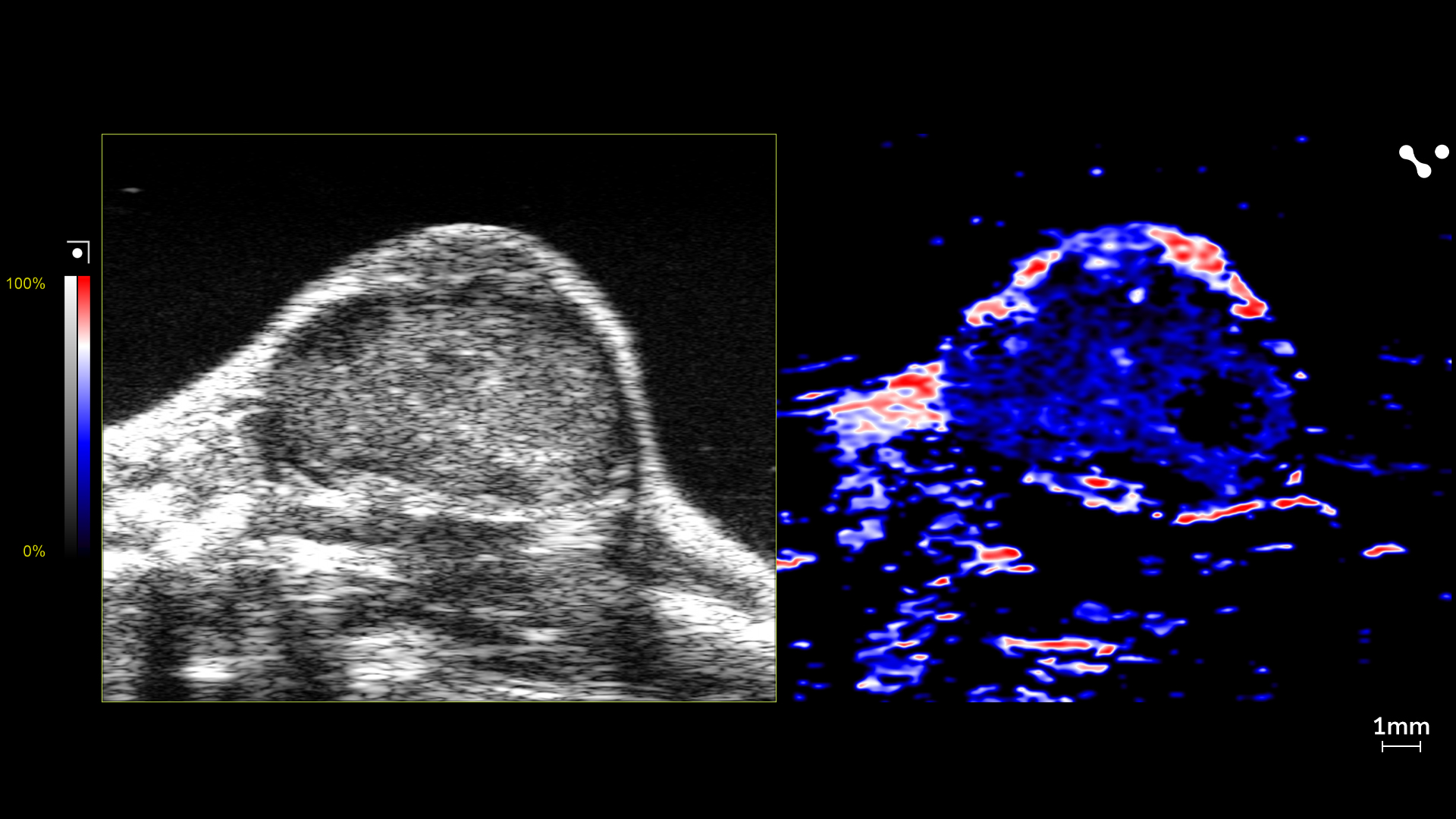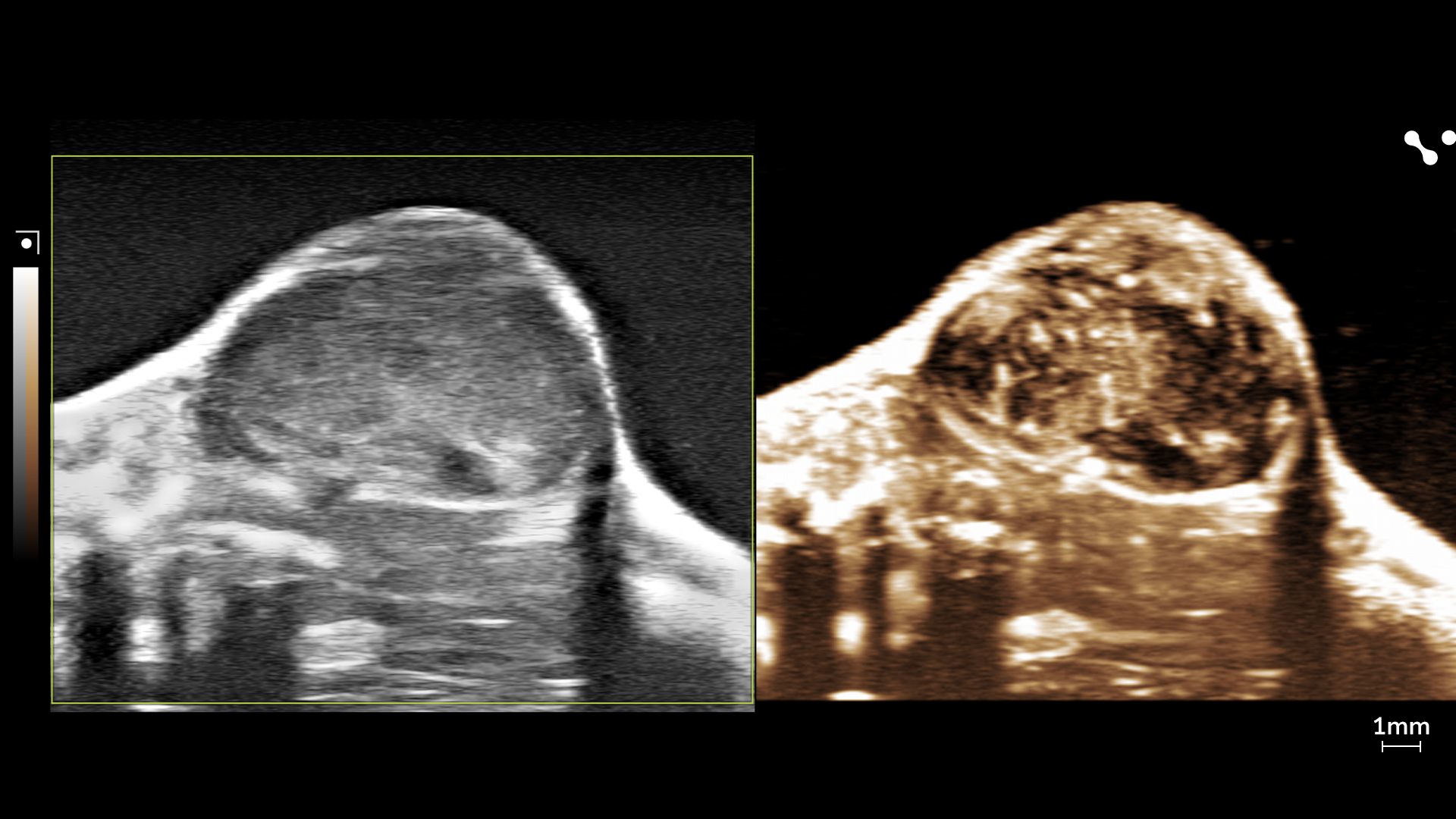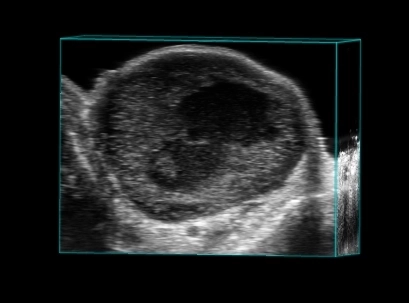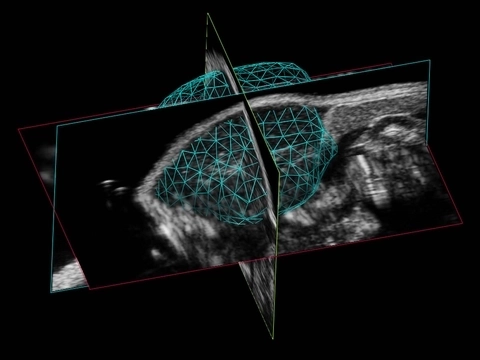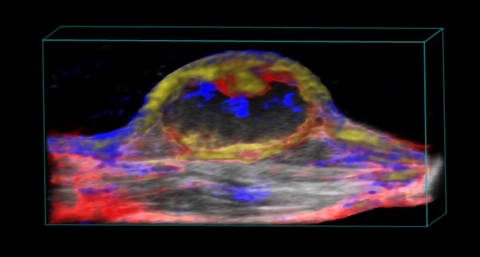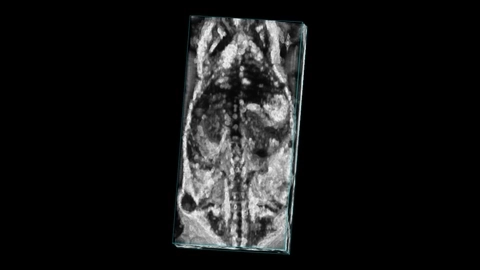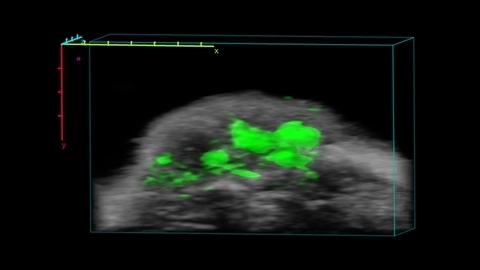Powerful, High Resolution Multi-modal Imaging Solution for Translational Cancer Research
Characterize tumors in vivo and non-invasively with ultra-high frequency (UHF) ultrasound
Conduct high-throughput screenings for tumor growth and detect and monitor growth and response of tumors to therapy at multiple time points in preclinical disease models all in vivo. In addtion, you can image the tumor microenvironment for changes and you have a powerful multi-modal platform for translational oncology research.
With the Vevo Imaging Systems you can:
- Non-invasively characterize tumor tissue in vivo
- Screen for very small lesions (resolution down to 30µm); early detection
- Accurately quantify volume of orthotopic and subcutaneous tumors longitudinally
- Perform rapid tumor volume assessments with a dedicated Oncology Measurement Package
- Visualize and quantify angiogenesis, vasculature and perfusion
- Measure hypoxia
- Assess biomarker or drug distribution
- Develop models using ultrasound-guided injections
A Comprehensive Solution for Pancreatic Cancer Researchers
VisualSonics offers you a complete imaging solution for orthotopic pancreatic cancer models, from model generation with image-guided injection to characterization of the tumor micro-environment.
Advance Cancer Research Using Molecular Imaging
Explore high-frequency ultrasound and photoacoustics for in vivo molecular imaging of targeted agents, theranostics and nanomedicine.
Pancreatic and Liver Tumor Imaging
Watch the first episode of the Vevo 4 Oncology Web Series, presented by Prof. Annarosa Arcangeli, and learn more about a powerful, high resolution multi-modal imaging solution for oncology. Now available on-demand!
